Solar Water Heating Safety Measures
Vacuum Tube Solar Collector Kit, SRCC Certified, VT58 SERIES - Complete with Manifold, Frame, Tubes and 45⁰ Frame Kit


Flexible Corrugated Stainless Steel EPDM Pre Insulated Twin Solar Hose with Seamless Jacketing & Sensor Cable
20T_2C_300L_PST_SSA Closed Loop Solar Water heater Kit with 2x20 Tubes Collector, 300L Storage Tank and selected options
20T_1C_200L_PST_SSA Closed Loop Solar Water heater Kit with 1x20 Tubes Collector, 200L Storage Tank and selected options

Safety Measures in Solar Water Heating Applications
Introduction
Solar Water Heating installation offers continuous year long supply of free hot water (or preheated hot water) used for space heating or domestic hot water production. For these two applications, Canadian Standard Association CSA-F379 code dictates various health and safety measures that insure the safety of the end users as well as the property where solar water heating system is installed.
This blog will discuss the most important safety measures along with some code requirements (what is allowed and what is not etc...).
Single Wall versus Double Wall Heat Exchanger for Thermal Storage Tank
CSA-F379 allows the use of single wall heat exchanger in solar water heating storage tank when certain conditions are met (article 7.4.3.1):

A backflow preventer shall be installed on the domestic cold water supply line, as indicated on the left diagram. The purpose of this requirement is to eliminate the risk of contaminating domestic cold water network when solar water heater immersed coil leaks Propylene Glycol inside the tank. The selection of Backflow preventer shall be according to risk evaluated as per Canadian Standard CSA-B64.
Another important safety measure is that the Volume of Fluid heat transfer (Propylene Glcyol in pressurised closed loop system) shall never exceeds 10% of Thermal Storage Tank Volume. So for a solar heating kit with 300 L tank volume, Propylene Glycol present in the closed pressurised loop shall not be more than 30 Litres.
In the case where the conditions of article 7.4.3.1 can not be met, Designer or Installer of any Solar Water Heating system will be forced to use Thermal Storage Tank with double wall immersed heat exchanger. In that case the below listed conditions will have to be respected (article 7.4.3.2):
Pressure- and temperature-relief devices for Propylene Glycol Pressurised Closed Loop
Each solar water-heating system shall be provided with pressure- and temperature-relief devices designed and located to prevent rupture of the system due to buildup of excessive internal temperatures or pressures. Such relief devices shall operate without the use of auxiliary power. No rupture or permanent damage shall
occur and the manner of any discharge of liquid from temperature- and pressure-relief devices shall be such that there is no danger to the user nor damage to the environment.

As show in the above schematic diagram of our solar water heating Kits, the pressure and temperature relief valve is usually installed on the solar pumping station between pump and expansion tank.
Temperature-relief valves for Solar Hot Water Storage Tank
Solar hot water storage tanks that store hot water under pressure shall be equipped with:
Solar domestic hot water storage tanks equipped as specified in this Clause shall bear the information that they are so equipped in a clearly visible location. A pressure-relief valve and a temperature-relief valve may be combined to provide compliance with this Clause.
Heat Transfer Fluid (Propylene Glycol) Classification and Flash Point
Article 7.3.1 of CSA-F379 requires that when water temperature within tank exceeds 49°C, a means of scald protection and scald protection labeling shall be provided.
For single-wall heat exchangers, a permanently attached heat exchanger label shall state the following in
bright, bold typeface:
CAUTION: SINGLE-WALL HEAT EXCHANGER — FILL ONLY WITH MANUFACTURER-RECOMMENDED HEAT-TRANSFER LIQUID. NEVER FILL WITH TOXIC LIQUID*.
*The equivalent French wording is: ATTENTION : ÉCHANGEUR DE CHALEUR À PAROI SIMPLE — REMPLIR UNIQUEMENT AU MOYEN DU LIQUIDE CALOPORTEUR RECOMMANDÉ PAR LE FABRICANT. NE JAMAIS UTILISER UN LIQUIDE TOXIQUE.
For double-wall heat exchangers, a permanently attached heat exchanger label shall state the following:
DOUBLE-WALL HEAT EXCHANGER: FILL ONLY WITH MANUFACTURER-RECOMMENDED HEAT-TRANSFER LIQUIDS*.
*The equivalent French wording is: ÉCHANGEUR DE CHALEUR À DOUBLE PAROI — REMPLIR UNIQUEMENT AU MOYEN DES LIQUIDES CALOPORTEURS RECOMMANDÉS PAR LE FABRICANT.
The flashpoint of heat-transfer fluid shall be greater than or equal to the higher of:
Also when Tank Water Discharge temperature exceeds 51.6°C (125°F), the follwoing warning shall be shown on the tank:

N.B:
The above safety measures do not represent the all code safety requirements. It's the responsibility of Solar Water Heating System Designer and Installer to comply with applicable codes and standards (Whether Federal, Provincial or municipal).
All in One Buffer Tank and Indirect Water Heater 200 L - Large Diameter Lower & Upper Coil - (Φ38mm / Φ1½"") - Model No. CBIT200L2C40




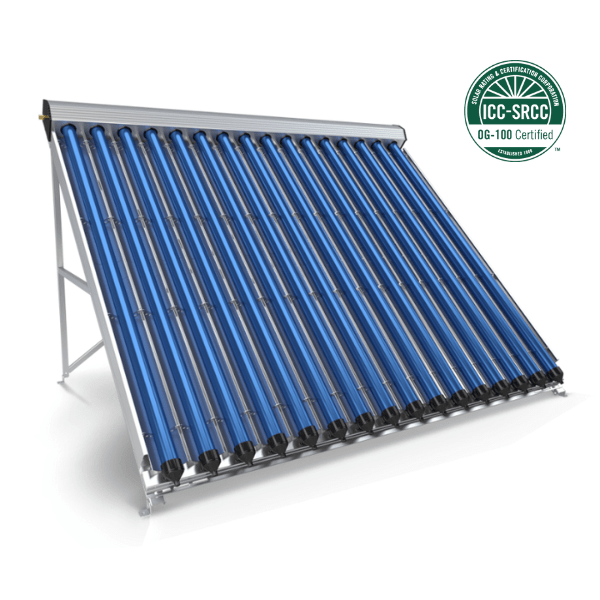
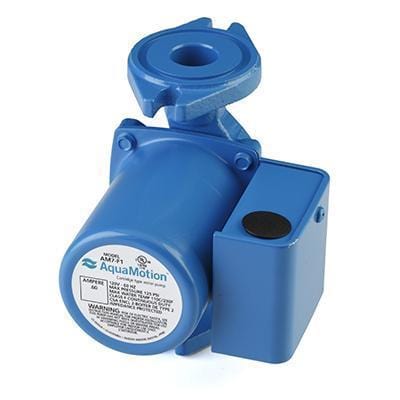
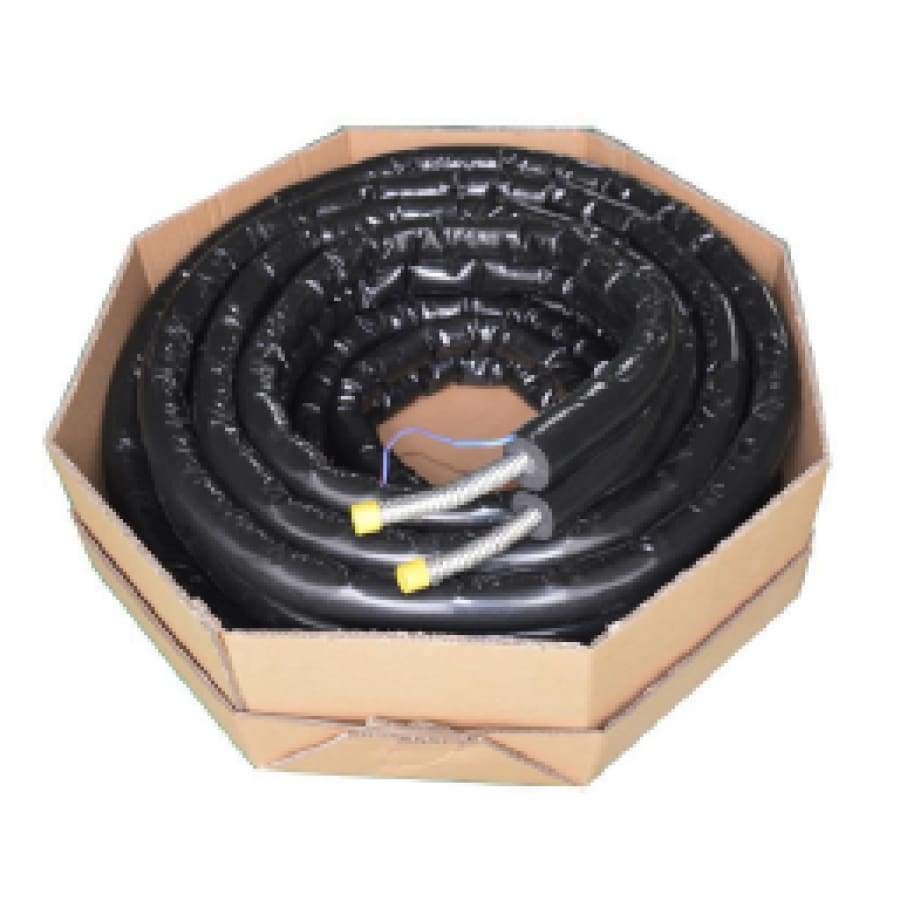
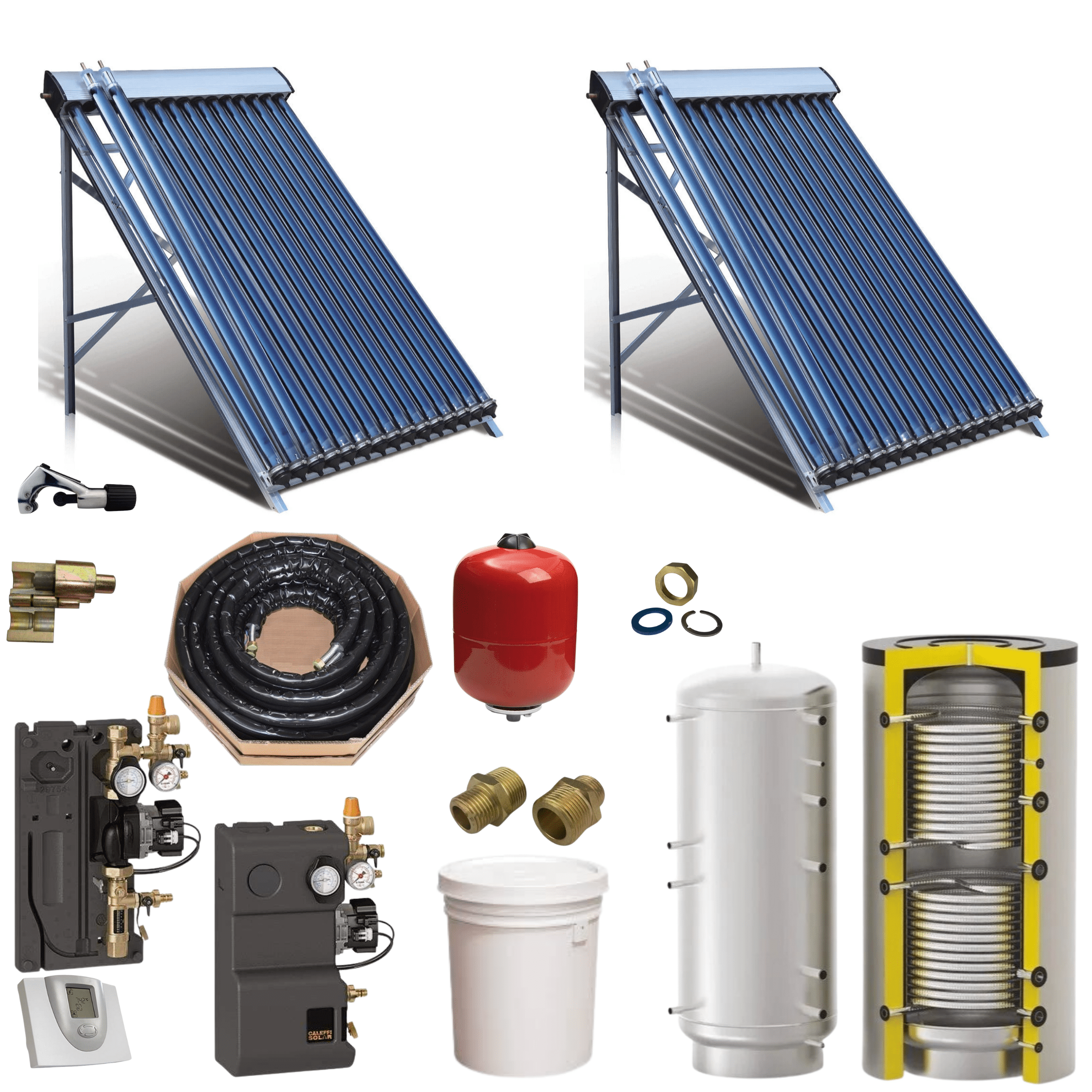
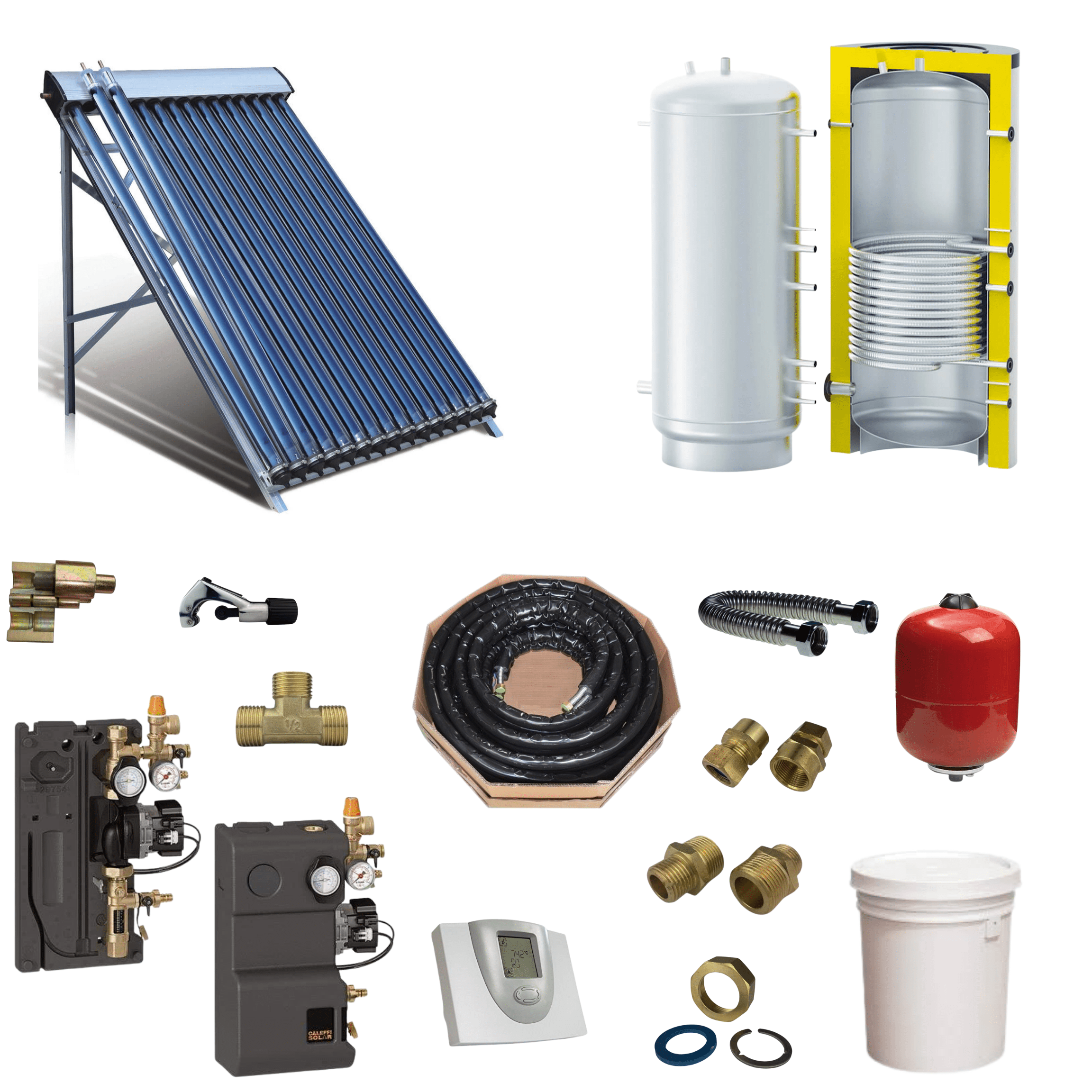
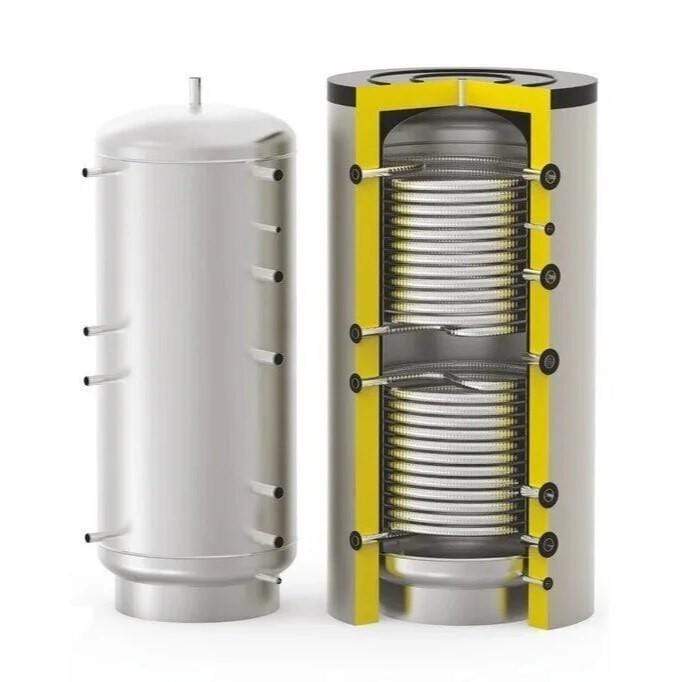
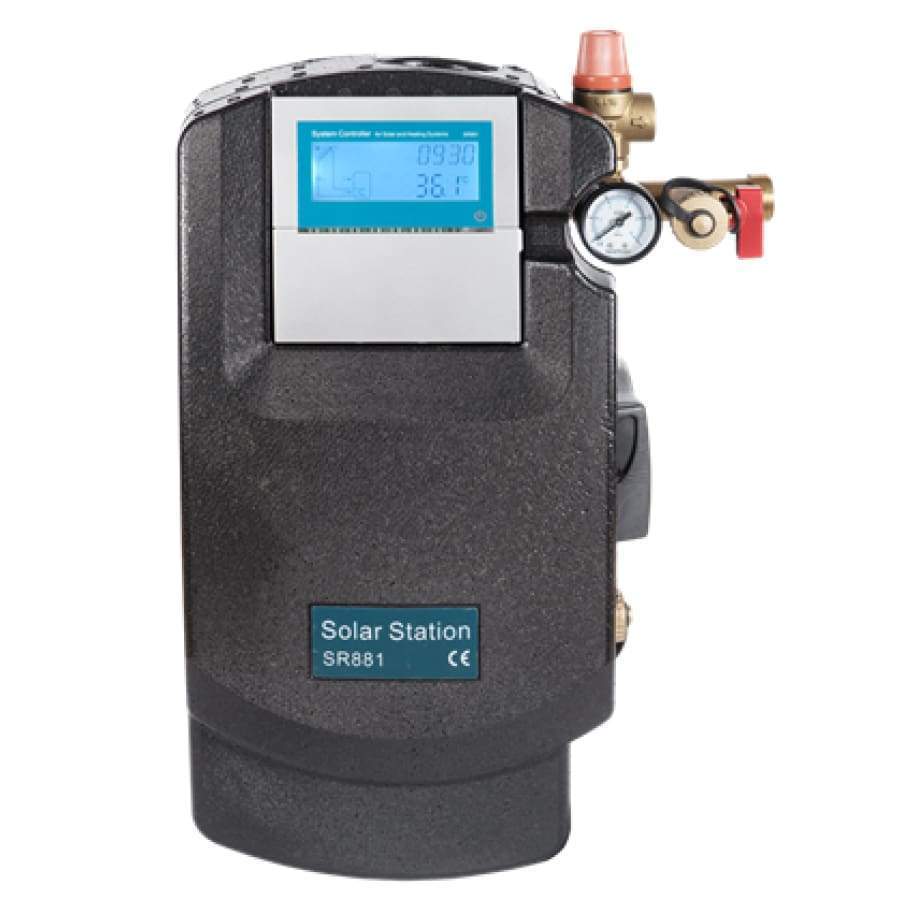
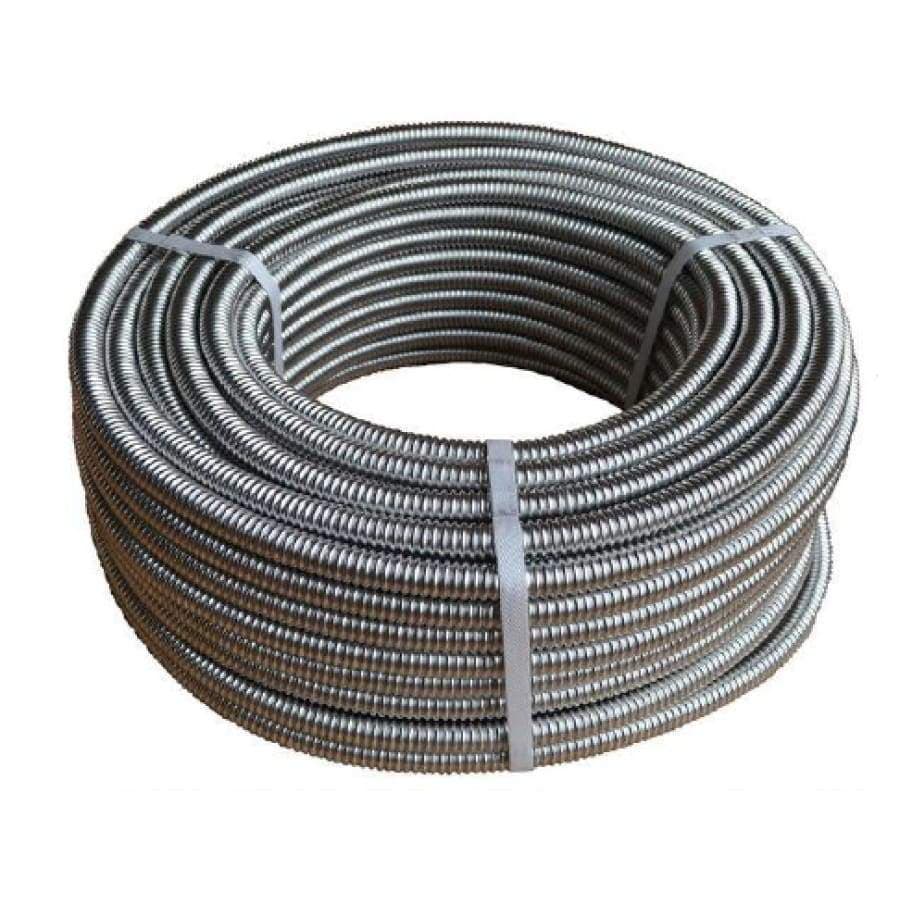
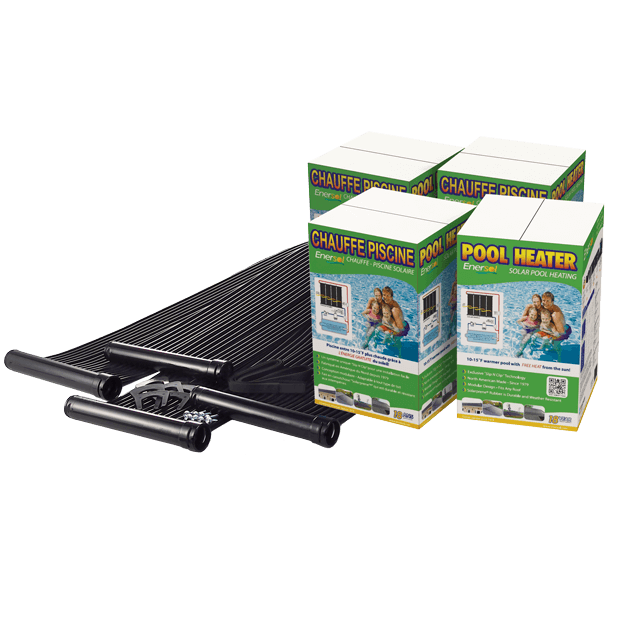

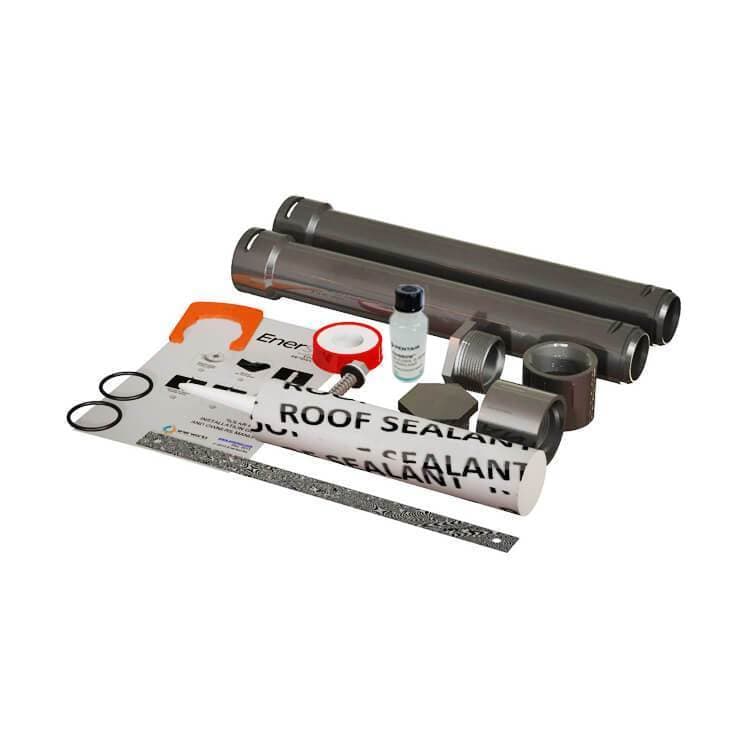
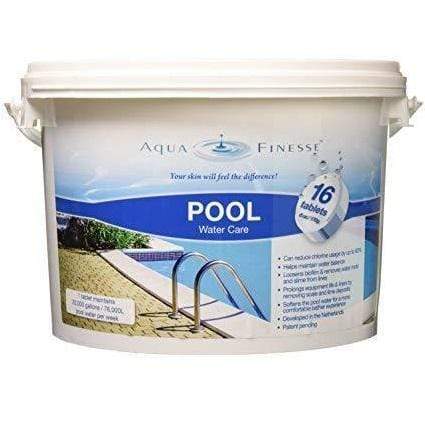
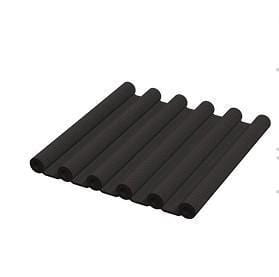
Hi, thank you for such a brilliant post. I have been reading some blogs that gives me more knowledge about olar water heating safety measures . I must say this is one of the best among them. You have done a great research for I feel, thanks for sharing.
This is a brilliant post, thank you for sharing about solar water heating safety measures and high rise homes. We always tend to change something or the other in our house, thanks for this great advice.
I was looking for this information relating to solar water heating safety measures. You have really eased my work, loved your writing skill as well. Please keep sharing more!
Get all the information you are looking for the things on the concept in solar water heating safety measures. In order to get better information and guidance can be taken from this blog specifically. It plays a vital role in taking us through. It can be really great for people like me who are looking for grabbing more knowledge about it.
Hello Stefan, the Canadian federal government has canceled the csa f379 Certification program in 2016. Our products are SRCC certified instead